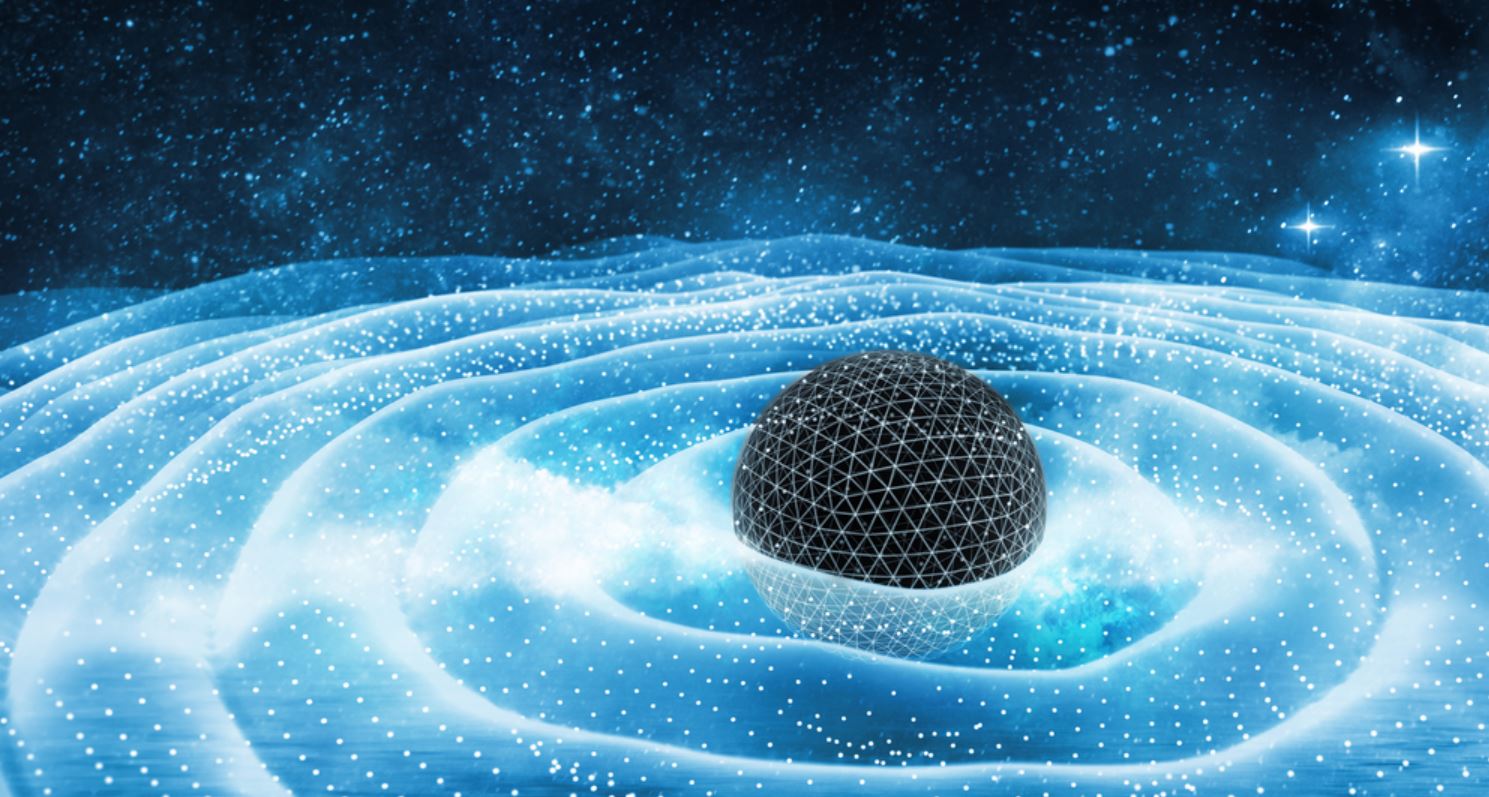 EGO’s VIRGO has just logged its 200th gravitational wave detection, a significant step that opens a new chapter in our exploration of the cosmos. Working alongside LIGO and KAGRA, this achievement reflects years of collaboration and steady progress in gravitational wave astronomy.
EGO’s VIRGO has just logged its 200th gravitational wave detection, a significant step that opens a new chapter in our exploration of the cosmos. Working alongside LIGO and KAGRA, this achievement reflects years of collaboration and steady progress in gravitational wave astronomy.
Based in Cascina, Italy, the European Gravitational Observatory employs cutting-edge laser interferometry and robust seismic isolation—from its renowned ‘superattenuator’ system to ultra-stable laser setups—to sense the tiny ripples in spacetime caused by dramatic cosmic events such as black hole mergers and neutron star collisions.
This isn’t just a numbers game. Regular detections now let scientists conduct population studies of compact objects like black holes and neutron stars, enhancing our models of stellar evolution and cosmology. If you’ve ever struggled with complex data, you’ll appreciate how these routine observations are paving the way for clearer insights.
Past landmark events, like the first binary neutron star merger (GW170817) observed in both gravitational and electromagnetic waves, have shown us new ways to see the universe. The trio of VIRGO, LIGO, and KAGRA now works together to quickly pinpoint sources, supporting real-time alerts and rapid follow-ups in multi-messenger astronomy.
Looking forward, upgrades at VIRGO—including enhanced mirror coatings and squeezed light technology—aim to detect even fainter, more distant signals. Open data sharing and a spirit of international cooperation fuel these advances, setting the stage for the next observational runs and the future Einstein Telescope.








